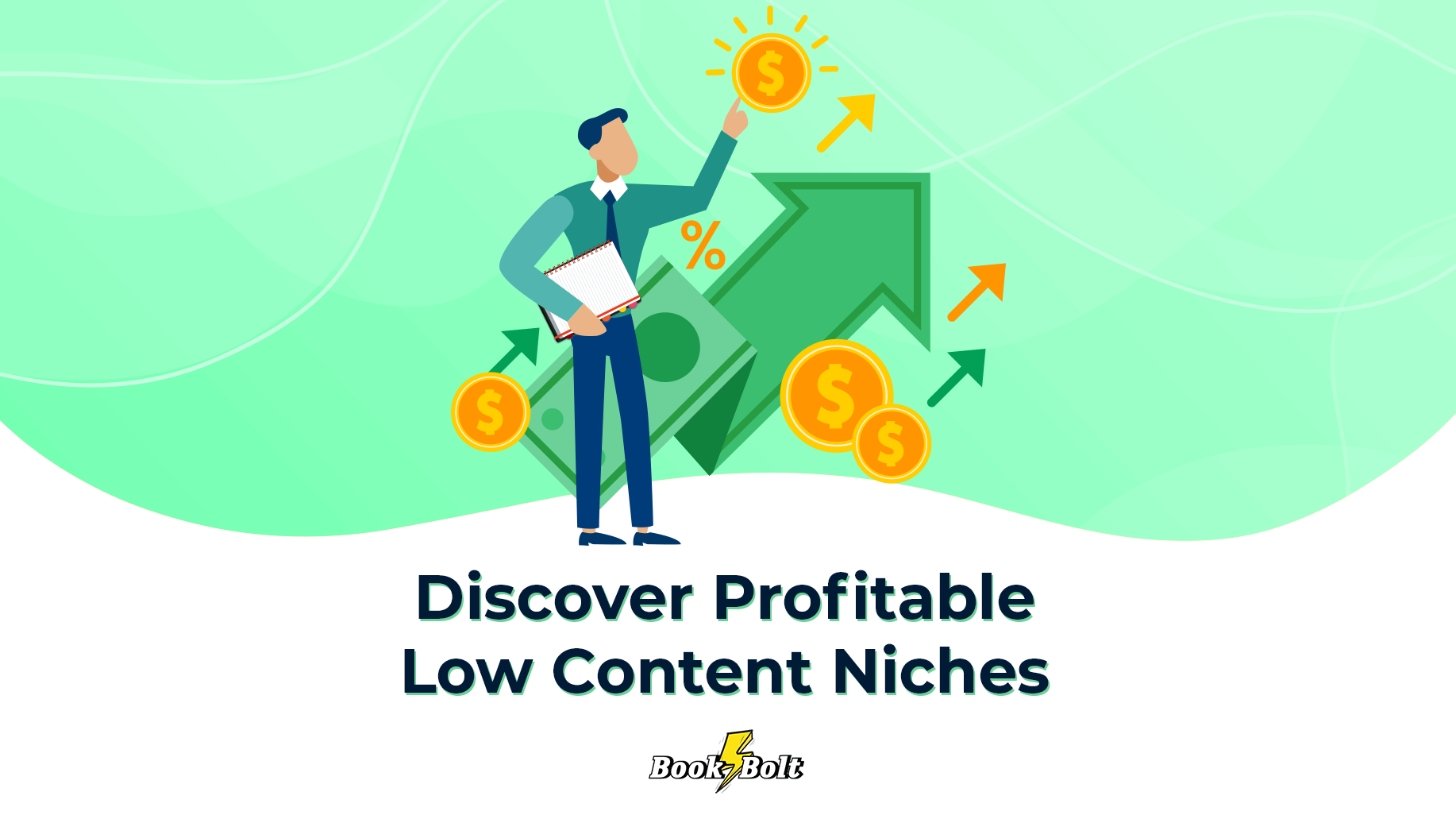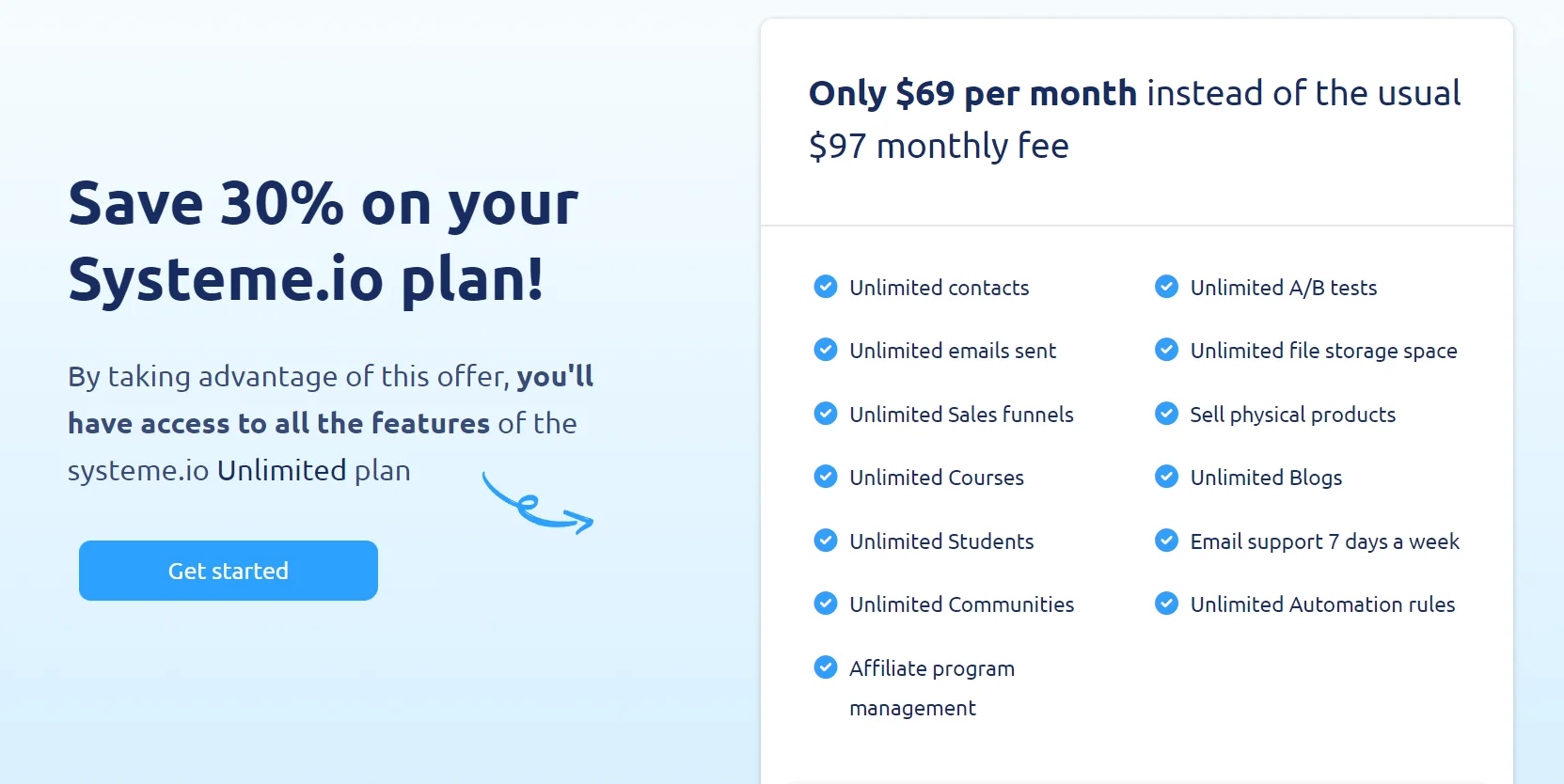Starting a gaming blog is a thrilling journey into the heart of the gaming community. It’s a place to share your passion, insights, and the latest news with fellow gamers.
This guide aims to arm you with the necessary tools and knowledge to launch a successful gaming blog. From selecting the ideal blogging platform to crafting engaging content and building a dedicated audience, every step is crucial.
How to start a gaming blog
1) Understand your niche
Before you dive in, pinpoint the gaming niche that excites you the most.
Whether it’s console games, mobile games, eSports, or retro gaming, focusing on a specific gaming niche can help you attract a dedicated audience.
2) Know your audience
Know who you’re writing for. Gamers vary widely in their preferences, from the platforms they use to the genres they love. Dive into forums, social media, and gaming communities to grasp their interests, challenges, and what they seek in gaming content.
3) Choose a catchy and relevant blog name
Your blog’s name is your brand’s identity. Make it memorable, relevant to gaming, and easy to search. Check domain availability to ensure you can have a consistent name across your website and social media platforms.
There are several blog name generators that can help you with this. Or, better yet, leverage AI. I mean, it’s 2025.
Here’s an example of an AI prompt to use with an AI tool like Chatgpt:
I am passionate about games and esports. I want to start a gaming niche blog that focuses on [your niche topic]. Suggest me a list of 10 unique blog names. The blog names must be unique, relevant to my niche, and try to incorporate the main keyword reloated to my niche or blog topic. the names should be short enough but make sense on their own.
4) Set up your blog
Choose a reliable hosting service like Bluehost or SiteGround, and pair it with a content management system like WordPress for ease of use and flexibility. Customize your blog with a gaming-themed design and ensure it’s mobile-friendly.
You could always move to a more premium hosting service once you have enough traffic and your blog is generating good enough income monthly to justify huge hosting expenses.
5) Create compelling content
In gaming, like any other blog niche, content is king. You want to publish reviews, gaming guides, tips and tricks, and industry news if it makes sense to your target audience. Diversify with video content, podcasts, and live game streaming.
By ensuring that your content is informative, engaging, and offers value to your readers, you carve yourself a loyal audience, a key component when it comes to blog monetization.
6) Leverage SEO to increase visibility
- Keyword optimization: Conduct thorough keyword research to find what potential readers are searching for within your niche. Use tools like Keywords Everywhere, SERanking, Ahrefs, or SEMrush to identify relevant keywords.
- On-page SEO: Optimize your blog posts with these keywords, ensuring they’re included in titles, headings, and throughout the content.
- Backlink building: Increase your site’s authority by obtaining backlinks from reputable sites within the gaming industry.
7) Other growth strategies for gaming bloggers
Collaborate with other gamers and bloggers
- Guest posting: Write for other gaming blogs or websites to tap into their audience and direct traffic to your site.
- Collaborations: Partner with gaming YouTubers or streamers for joint content creation, expanding your reach to their followers.
Implement email marketing
- Build an email list: Offer something of value, like exclusive content or gaming tips, in exchange for email sign-ups.
- Send regular newsletters: Keep your subscribers engaged with updates, latest posts, and special offers.
8) Monetize your blog
There are several ways to make money from your gaming blog:
- Affiliate marketing: Partner with gaming companies and earn commissions on sales made through your blog.
- Sponsored content: Collaborate with gaming brands for sponsored posts or reviews.
- Display ads: Use platforms like Google AdSense, Mediavine, and Raptive to display ads on your blog.
- Merchandising: Sell gaming-related merchandise on your blog.
- Memberships and subscriptions: Offer exclusive content or perks for a subscription fee.
9) Track your progress
Use tools like Google Analytics and Google Search Console to track your blog’s performance. Analyze what works and what doesn’t, and adjust your strategies accordingly.



